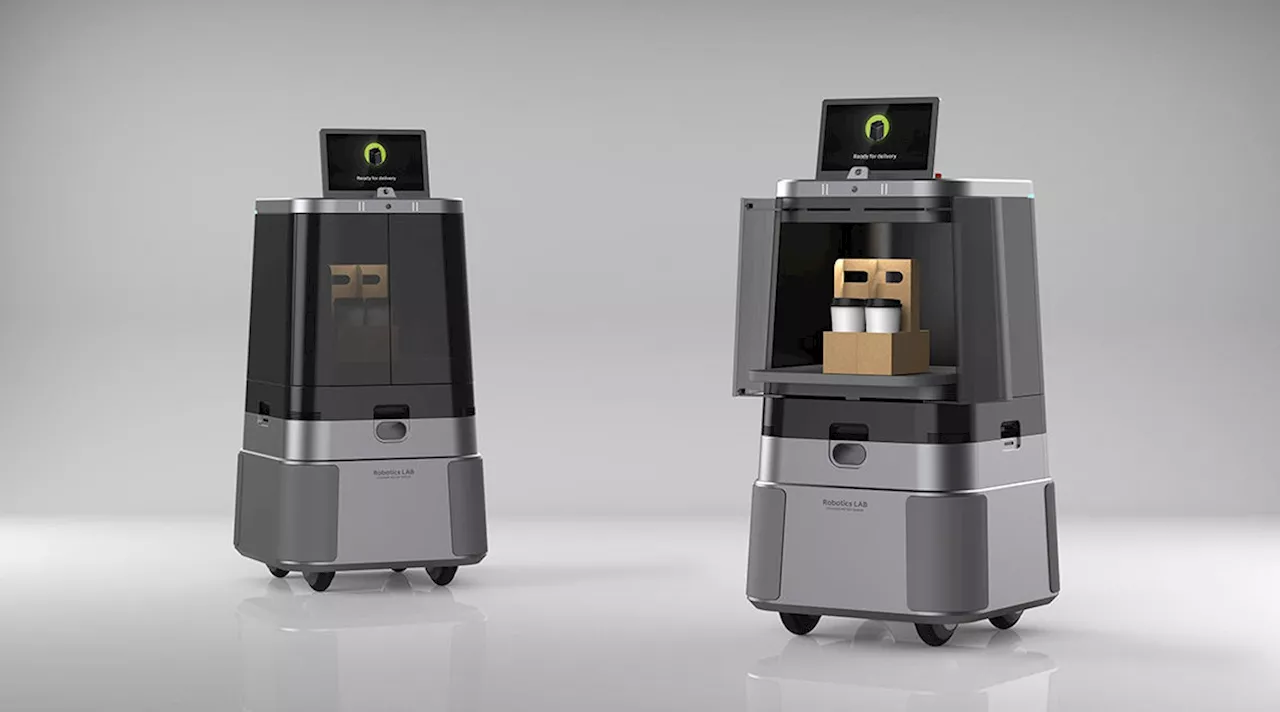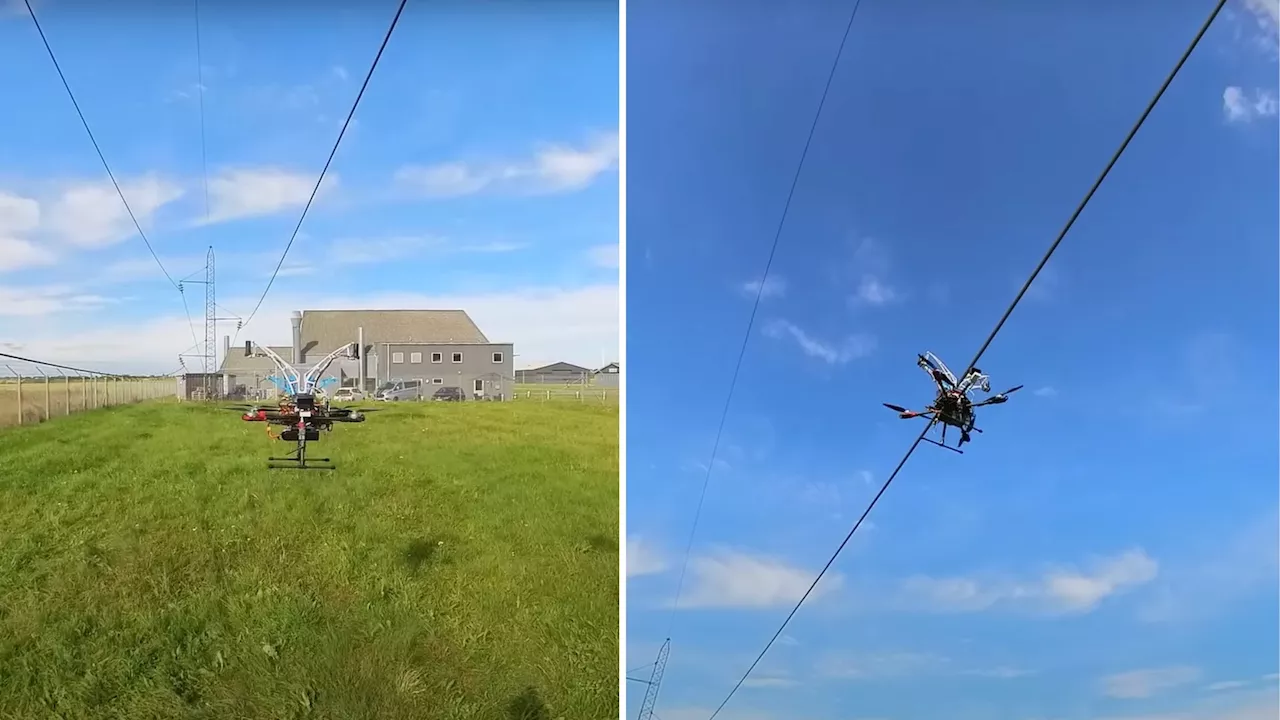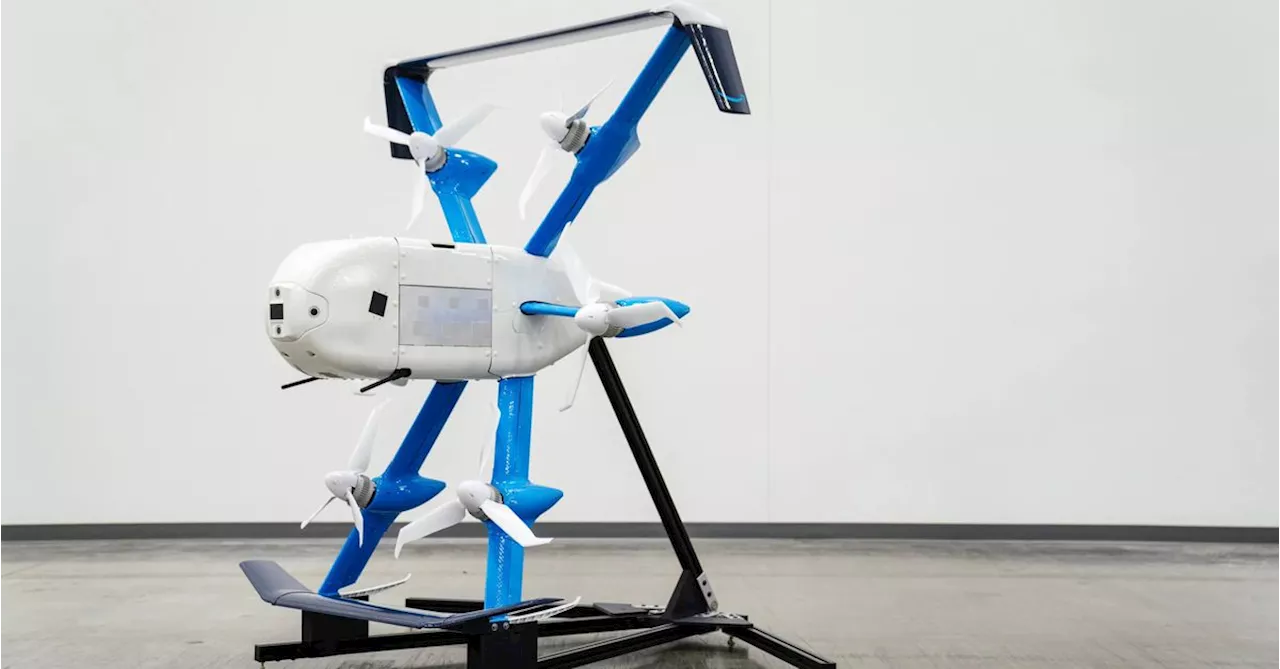Keenan Wyrobek is the co-founder & CTO of Zipline. The company is on a mission to build the world’s first autonomous-drone logistics system that serves all people equally.
Sade Agard: Hello everyone and welcome back to another great episode of Lexicon. This is your go to podcast covering everything related to engineering, science and technology, proudly presented by Interest in Engineering. Today we'll be joined by Keenan Wyrobek, the co founder and head of product and engineering at Zipline, the world's first drone delivery service whose focus is delivering life saving medicine to the most difficult to reach places on Earth.
And we we do that with drone delivery, which is a really amazing and environmentally friendly way to, To provide this this kind of delivery network that can serve everybody. So very long range. So picture a large remote control airplane, right? So this is doesn't look like A drone with, with, four rotors or something like that. This is, it looks like a small airplane. And it's great for going from a metro area and serving surrounding towns and cities outside that metro area.
And for many years we said, no, we can't do that. No, we don't do that. That's not what we do. But of course when your customers ask you for the same thing enough times, you need to go to the drawing board and figure out if you can achieve that for them. And that's what platform two is. So platform two is a system that delivers precisely enough, basically into a very small space.
It's nearly silent. You won't hear it. It doesn't sound at all like that. We all picture drones sounding swarms of insects. It doesn't sound like that at all. It sounds like a wishing breeze if you're going to hear it. And and, yeah, and it's a and both of these things are both the drone that stays up high and the joy that comes to the ground.
Sade Agard: Thank you. Just to get an idea of what you're mainly delivering. So it seems like you're fairly involved in delivering healthcare supplies.Keenan Wyrobek: Absolutely. I think of what we deliver in three pillars and where we started. is in healthcare. And that's been our core pillar and always will be.
Sade Agard: Thank you. So just to ensure that your drones are, flying safely and reliably how do they navigate through the skies? Do you have some kind of air traffic control or, to ensure that they go in the right direction and they're not crashing into things? So a transponder is a radio on an airplane that transmits its location to surrounding aircraft. And so here in the United States, we about a third of the aircraft we encounter. And when we're flying, do not have a transponder. And what that means is you have to have a sensor or some ability to sense with a sensor those aircraft where they are.
I think of it very similarly to how, as we go for a walk outsider, we don't see an airplane first, we hear it first. And that's the same thing our aircraft do to maintain separation from other aircraft. Our, medical emergencies just don't wait for the weather to clear and are the hospitals and clinics we serve day in and day out. They need us to deliver all the time. And actually, we see an increased demand for deliveries when the weather gets bad. And being really robust to weather has been one of the biggest engineering challenges that we've worked on, and we've tackled it from many point, many different angles in order to achieve what we've achieved.
And I will say uh, addition in addition to other engineering projects like that, that have all in it improved our ability to handle and fly through heavier and heavier weather. The aircraft also has a parachute on the aircraft itself. So we talked about the package having a parachute, but the aircraft also has a whole airframe parachute.
Sade Agard: Yeah. And I saw a video somewhere where when it's on its way back to the distribution center, it's hooked or. I don't know. It attaches to almost like a fishing rod style system.Keenan Wyrobek: Yeah. So even like maybe to start with the why here that we knew from all of our early work with the customers that they cared about really two things in the system. the range we could achieve. And, a low cost point we could achieve. That was those two things.
So the way it works is our drone, it does a fly by, it doesn't touch down like an aircraft carrier. It just does a fly by, about six meters or so off the ground. And then we have between two poles is a line and those poles are motorized and about a pivot point that can swing that line up and down. Sade Agard: Thank you. So I know you've done quite a lot of work in Rwanda. Could you just give us maybe one or two case studies on how your work has been delivering healthcare there? I know that we've already touched upon what kind of, items you are delivering, but how's it really going in Rwanda?Keenan Wyrobek: Yeah, there's a lot of countries, Rwanda is the first country we took to national scale. Which was, what's a really exciting milestone.
Every country has this problem. There's no country in the world that has as much blood in their blood. supply is they'd like. And and so what we do in Rwanda is rather than having to guess what blood might be needed where and send it proactively out to these hospitals and clinics. We're able to hold most of that blood in one central location and send it out when we know it's needed.
And because we fly incredibly fast, we're not only get, we only make deliveries much faster than you can using roads, but we do it reliably on time because we literally, just fly over any traffic. And those by itself make a huge impact in terms of, on demand delivery is only powerful if it's actually on demand and predictable.
This is looking at the full impact of our supply chain. And there's just not many opportunities out there to have this big of an environmental impact with a single project. And so that's really exciting as well. And that's of course, in addition to all the other benefits of just fewer cars in the roads, less traffic overall.
We enable anybody, a local pharmacist, your favorite restaurant, whatever it might be to have this magical portal in their wall that enables them to very easily and very seamlessly provide on demand deliveries to their local community. And that creates an X factor on their productivity. That is really exciting.
Meal delivery where. It's one of those things where once you have it, all of a sudden you realize how transformative it can be for, for your life. And this is just as true for health systems. As soon as, once they experienced the power of not having to forecast, not having waste, inventory expire on the shelf, not having, basically in a positive sense, having all of their their health practitioners, whether they're in someone's home.
So they don't have to worry about drones. They have to worry about any of that the operational challenge of being a An airline and all that, that, that fun stuff that we take care of. They just get this magical portal with the droid. They open the droid, they throw in the, whatever they want to deliver, close that droid.
United States Latest News, United States Headlines
Similar News:You can also read news stories similar to this one that we have collected from other news sources.
 DARPA's autonomous 'Manta Ray' drone can glide through ocean depths undetectedSascha is a U.K.-based trainee staff writer at Live Science. She holds a bachelor’s degree in biology from the University of Southampton in England and a master’s degree in science communication from Imperial College London. Her work has appeared in The Guardian and the health website Zoe.
DARPA's autonomous 'Manta Ray' drone can glide through ocean depths undetectedSascha is a U.K.-based trainee staff writer at Live Science. She holds a bachelor’s degree in biology from the University of Southampton in England and a master’s degree in science communication from Imperial College London. Her work has appeared in The Guardian and the health website Zoe.
Read more »
 Hyundai & Kia: Autonomous Indoor Delivery Robots and EV Batteries in IndiaClean Tech News & Views: EVs, Solar Energy, Batteries
Hyundai & Kia: Autonomous Indoor Delivery Robots and EV Batteries in IndiaClean Tech News & Views: EVs, Solar Energy, Batteries
Read more »
 Non-stop drone operations enabled by overhead power line rechargingResearchers propose an autonomous drone system, drawing energy from transmission cables, enabling continuous operation.
Non-stop drone operations enabled by overhead power line rechargingResearchers propose an autonomous drone system, drawing energy from transmission cables, enabling continuous operation.
Read more »
 Amazon is ending Prime Air drone delivery in California as it eyes ArizonaAmazon will shut down its Prime Air drone delivery service in Lockeford, California, which it opened in 2022. A new location is coming in Arizona for Phoenix metro residents.
Amazon is ending Prime Air drone delivery in California as it eyes ArizonaAmazon will shut down its Prime Air drone delivery service in Lockeford, California, which it opened in 2022. A new location is coming in Arizona for Phoenix metro residents.
Read more »
 Walmart drone delivery service to start at 2 North Texas locations next weekThe plan includes revamping the Central Library downtown.
Walmart drone delivery service to start at 2 North Texas locations next weekThe plan includes revamping the Central Library downtown.
Read more »
